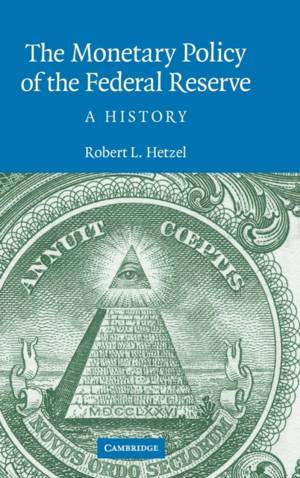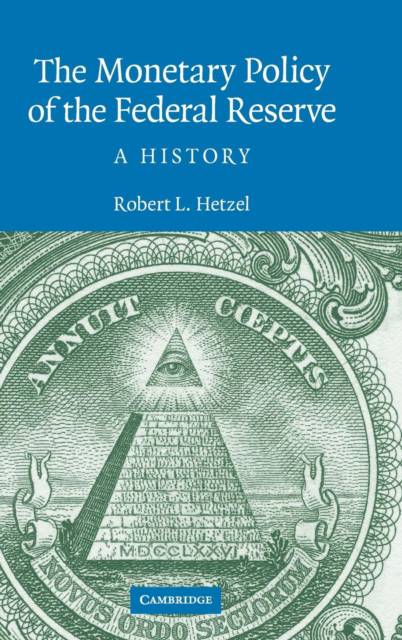
- Afhalen na 1 uur in een winkel met voorraad
- Gratis thuislevering in België vanaf € 30
- Ruim aanbod met 7 miljoen producten
- Afhalen na 1 uur in een winkel met voorraad
- Gratis thuislevering in België vanaf € 30
- Ruim aanbod met 7 miljoen producten
Zoeken
Omschrijving
The Monetary Policy of the Federal Reserve details the evolution of the monetary standard from the start of the Federal Reserve through the end of the Greenspan era. The book places that evolution in the context of the intellectual and political environment of the time. By understanding the fitful process of replacing a gold standard with a paper money standard, the conduct of monetary policy becomes a series of experiments useful for understanding the fundamental issues concerning money and prices. How did the recurrent monetary instability of the 20th century relate to the economic instability and to the associated political and social turbulence? After the detour in policy represented by FOMC chairmen Arthur Burns and G. William Miller, Paul Volcker and Alan Greenspan established the monetary standard originally foreshadowed by William McChesney Martin, who became chairman in 1951. Monetary Policy explains in a straightforward way the emergence and nature of the modern, inflation-targeting central bank.
Specificaties
Betrokkenen
- Auteur(s):
- Uitgeverij:
Inhoud
- Aantal bladzijden:
- 408
- Taal:
- Engels
- Reeks:
Eigenschappen
- Productcode (EAN):
- 9780521881326
- Verschijningsdatum:
- 17/03/2008
- Uitvoering:
- Hardcover
- Formaat:
- Genaaid
- Afmetingen:
- 160 mm x 236 mm
- Gewicht:
- 793 g

Alleen bij Standaard Boekhandel
+ 178 punten op je klantenkaart van Standaard Boekhandel
Beoordelingen
We publiceren alleen reviews die voldoen aan de voorwaarden voor reviews. Bekijk onze voorwaarden voor reviews.











